
We hardly need to talk about the health benefits of omega 3 fatty acids. Most people already know that omega 3s are important for keeping you healthy, maintaining your cognition, and even helping you to live longer. Fish is one of the most well-known omega 3 rich foods, but there are other choices for omega 3 too.
And, as is always the case with food, the best idea isn’t to focus on a single potent source of omega 3 anyway. Focus on many different foods instead. This will give you the widest variety of nutrients and other important compounds, as each type of food is different to the next.
As for omega 3s, there are multiple types of omega 3 fatty acids. The main types are ALA, DHA, and EPA. DHA and EPA are the fatty acids that you find in fish. These types are more biologically active than ALA, which make them more powerful for your health.
ALA, on the other hand, is found in plants instead. Our bodies don’t use ALA directly. Instead, ALA needs to first be converted to DHA or EPA. This conversion rate is very low, so you’re not getting nearly as many benefits from ALA.
Some estimates suggest that only around 1% of the ALA that you consume ends up getting converted into DHA and EPA. This suggests that you get the most benefits by relying on DHA and EPA rich foods. Still, vegetarians will need to heavily rely on ALA foods instead or turn to supplements.
Omega 3 Rich Foods
- Mackerel
- Salmon
- Sardines
- Herrings
- Tuna
- Some Other Types Of Fish
- Oysters
- Shrimp
- Flax Seeds
- Chia Seeds
- Walnuts
- Soybeans
- Tofu
- Navy Beans
- Brussels Sprouts
- Roe
- Omega 3 Eggs
- Seaweed
- Algae
- Grass Fed Beef
Mackerel
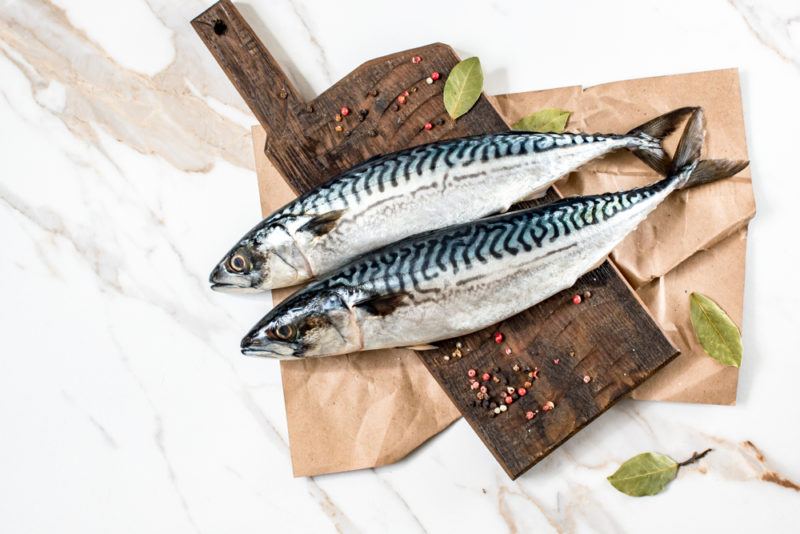
Fish is famous as a source of omega 3 fatty acids, but the amount of omega 3 varies depending on the type of fish. There are also differences in the amount of DHA versus EPA in the various types of fish.
Mackerel is one of the most powerful choices, with more than 4,000 mg of omega 3 in a serving. The fish is often smoked and salted. It can be a delicious choice and one that is easily enjoyed at home.
Salmon
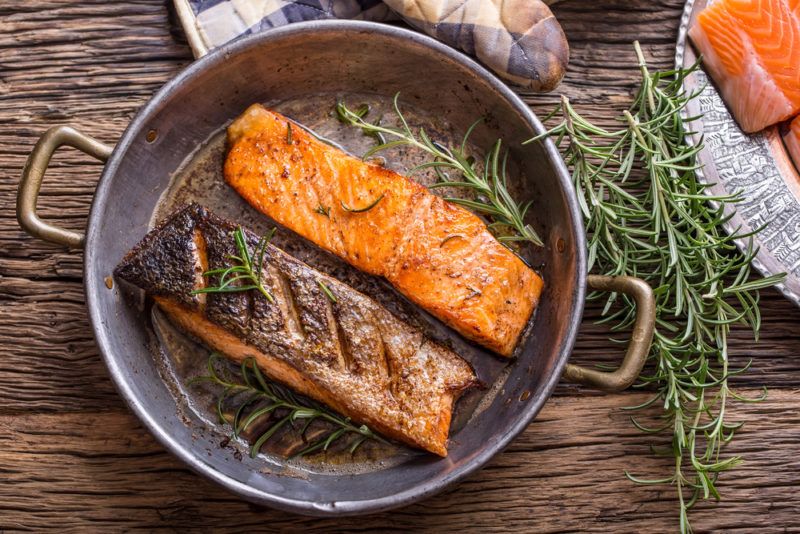
Salmon is one of the most widely recommended types of fish and is a powerful choice for omega 3 fatty acids. You’re getting slightly more omega 3 than with mackerel, although the amounts are similar.
You can choose between farmed or wild caught salmon. There are some notable differences in nutrient content, with wild caught salmon tending to be much healthier. Wild caught salmon also has a better balance of fatty acids, enduing up with more omega 3 per fillet than farmed salmon.
Besides, salmon is delicious. This is reason enough to enjoy the fish regularly. The texture is meatier than other types of fish and the flavor tends to be rich. This combination means that some people love salmon and don’t enjoy many other types of fish.
Sardines
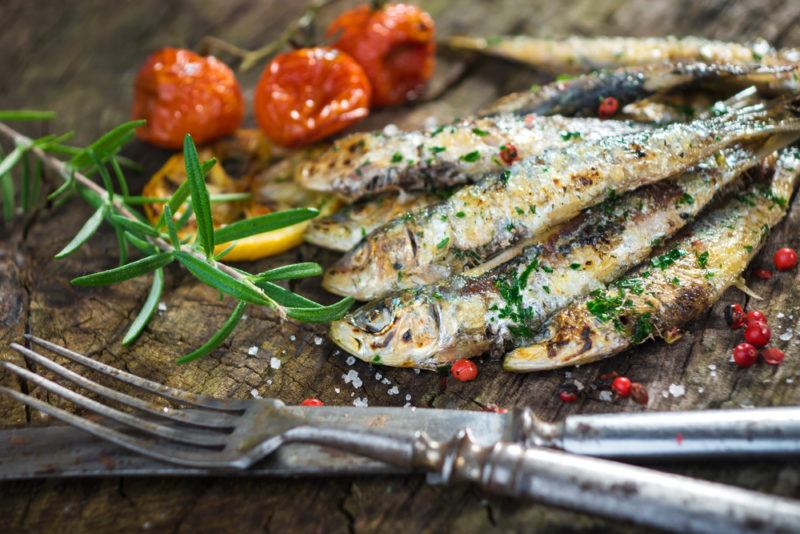
Sardines are a very small oily type of fish that you’ll often see canned or served as a snack. You’ll often get more than 1,400 mg of omega 3 in a 100 gram serving of the fish.
Sardines have some other advantages too. You’re often eating the entire fish (or close to it), so you’re getting more nutrients than with other fish. For example, you’ll be getting extra calcium due to the bones of the fish and also collagen.
Then there’s the fact that sardines are convenient. It’s often much easier to rely on canned fish than fresh fish, especially if you’re on a budget or don’t live near the ocean.
Herrings
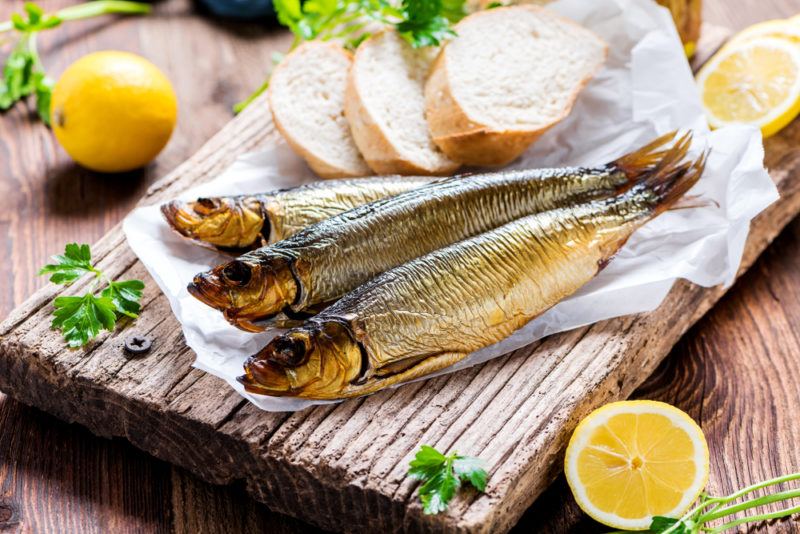
The term herring refers to one of two types of fish, either Clupeus harengus or Clupeus pallasi. The second of these is mostly harvested for fish eggs, while the first type is the one that tends to be eaten as an adult fish.
Interestingly, herrings and sardines are the same type of fish. The term sardines is used when the fish is young, while herrings refers to the fish when it is older. The term sardine even means small fish, so the difference in names makes some type of sense.
As we’re talking about the same fish, it isn’t surprising that sardines and herrings are similar nutritionally. They also happen to be near the bottom of the food chain. This matters as it means that herrings and sardines don’t accumulate mercury and contaminants as much as other fish.
The omega 3 content of herrings means that the classic English breakfast of kippers ends up as a potent omega 3 choice.
Tuna
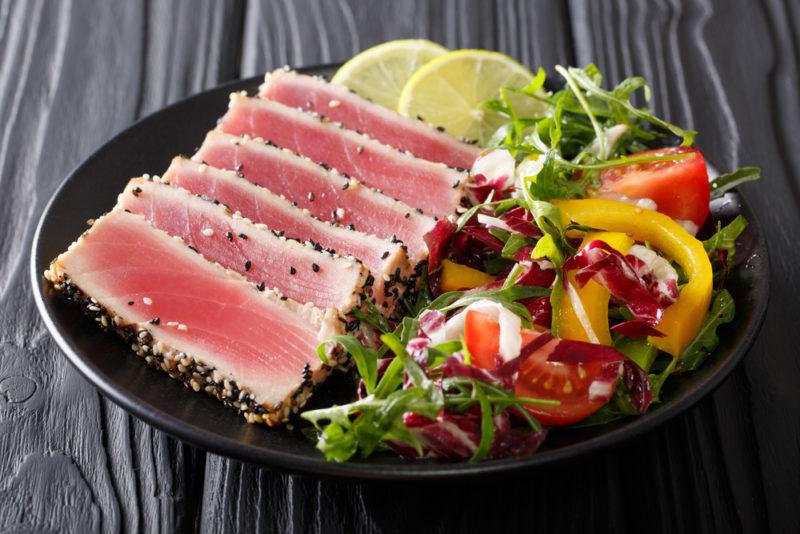
Like the previous examples, tuna isn’t short on omega 3. This is especially true if you’re relying on fresh tuna.
Thankfully, canned tuna offers omega 3s too. This may be the go-to choice for many people, as canned tuna is inexpensive and easy to find.
There are, however, a few limitations. One is that the omega 3 amounts vary from one tuna product to another based on factors like where the fish was caught and the time of year.
Look for tuna that is packed in water, some of the healthy fats from tuna leach into the oil for oil-packed fish. In draining that oil away, you’re getting rid of some of the omega 3 fats in the process. It may also be worth looking for tuna from smaller companies, as they don’t have the same bulk fishing and processing approaches as larger ones, which could affect the omega 3 content of the fish too.
Mercury content is the other limitation. Tuna isn’t at the bottom of the food chain like herrings, so it accumulates more mercury. The mercury content is significant enough that you need to watch the amount of tuna that you eat each week. One or two servings are generally best. This is enough to give you health benefits, without putting you at risk from the mercury.
Some Other Types Of Fish
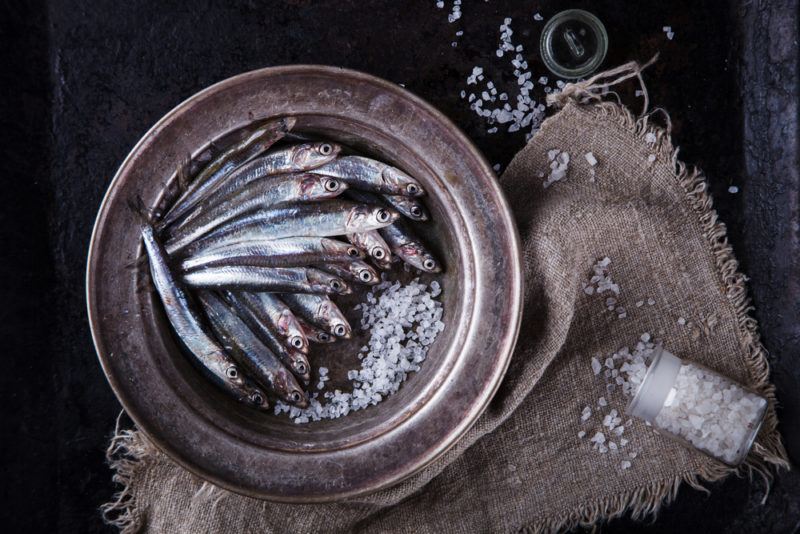
A few other types of fish are powerful for omega 3, including sturgeons, anchovies, pilchards, and sprats. But, as you may have already guessed, many other types of fish only have low omega 3 levels.
You’ll generally find decent amounts of omega 3 in fatty and oily fish. White fish, on the other hand, tend to contain little. So, common choices like cod and sole won’t help you much at all.
This pattern is one reason why salmon is so highly recommended for health. The flavor and texture of salmon may also be more appealing than many of the other omega 3 rich fish.
Oysters
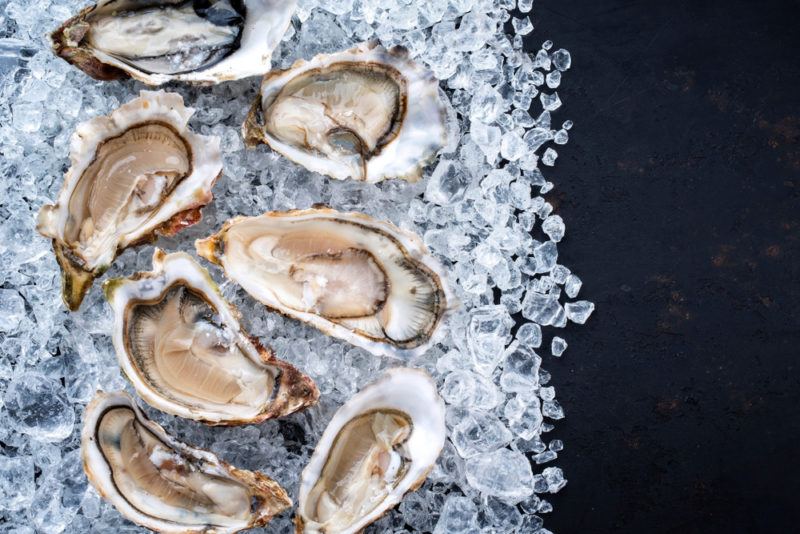
Fish isn’t the only marine source of omega 3. You can also find the fatty acid in some types of shellfish, including oysters.
The amount of omega 3 is much lower in oysters than in the types of fish that we’ve highlighted so far. For example, many of the types of fish from earlier in the list contain more than 1,000 mg of omega 3 in a serving, while you’re getting considerably less than 500 mg for a serving of 6 oysters.
Still, don’t write oysters off just yet. They are an impressive source of vitamin B12 and zinc, along with other important nutrients.
Shrimp
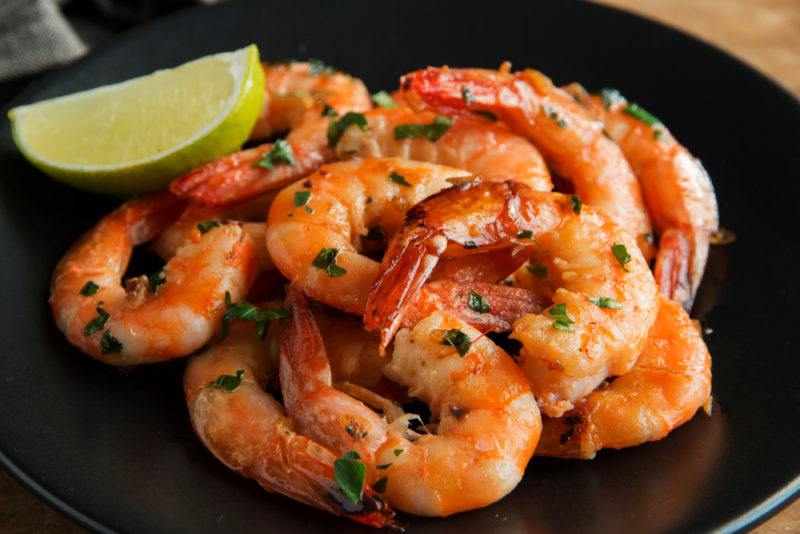
Shrimp also provide you with omega 3, which is good news for all the shrimp lovers out there. The amount of omega 3 is a little higher than you find in oysters but similar enough that you can choose whichever type you prefer. And, just like oysters, shrimp contain plenty of other nutrients too.
Of course, you might just be focusing on shrimp because you enjoy the flavor. Many people do and there are countless recipes out there that take full advantage of the shellfish.
Flax Seeds
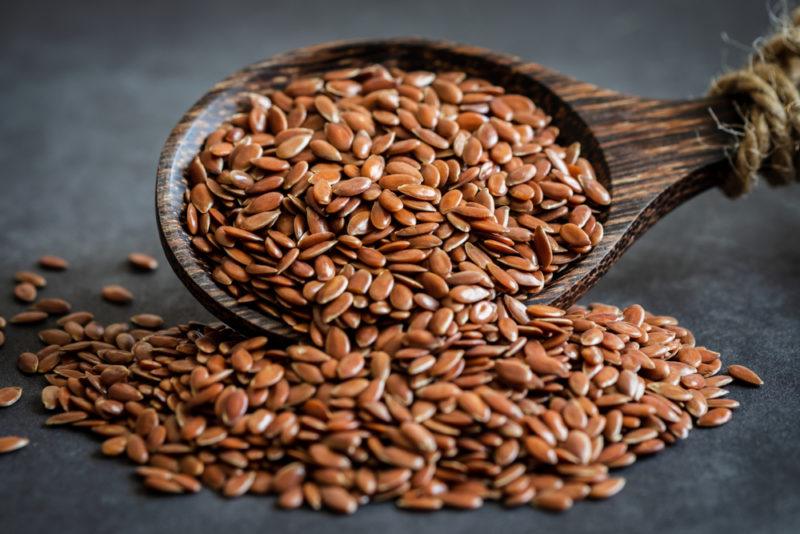
Flax seeds are one of the best plant-based sources of omega 3. They also have an appealing ratio of omega 3 to omega 6 fatty acids. This ratio is important, as having too much omega 6 and not enough omega 3 may promote inflammation and other issues.
You don’t need to rely on whole flax seeds either. Flaxseed meal is a common choice, which simply means that the seeds have been ground to create a flour-like texture. Flaxseed meal can be mixed into many dishes, as an easy way to increase fiber intake and get more ALA.
Flaxseed oil is another good choice. It acts as a concentrated source of ALAs, which is perfect, as you won’t generally be using a large amount of the oil at a time.
Chia Seeds
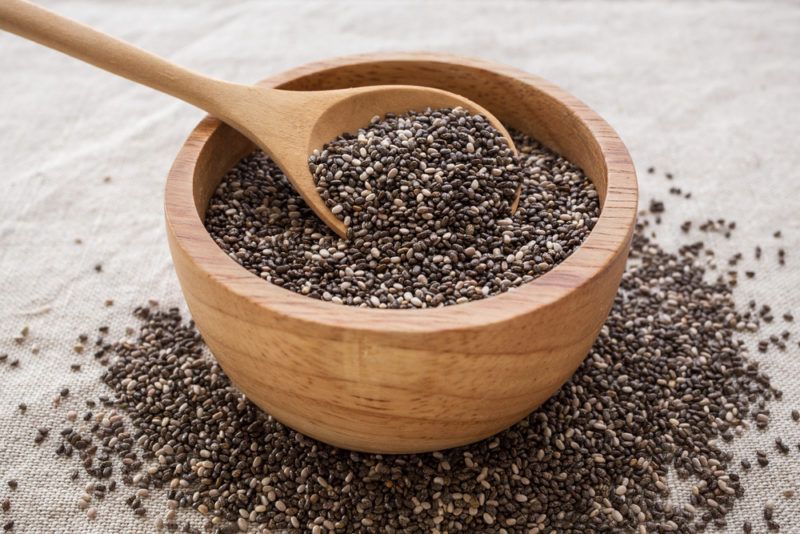
Chia seeds are another interesting choice. They’re tiny little black and white seeds that are rich in nutrients, including fiber and ALA.
The seeds aren’t just small. They also have very little flavor. This makes it easy to throw the seeds on top of meals or add them to smoothies as an ingredient.
Chia seeds also absorb a surprising amount of liquid. They end up with an unusual gel-like texture. You can take full advantage of this by making chia pudding. At its simplest, chia pudding just relies on chia seeds, some type of liquid (often a plant-based milk), and a flavoring ingredient like cocoa powder.
Walnuts
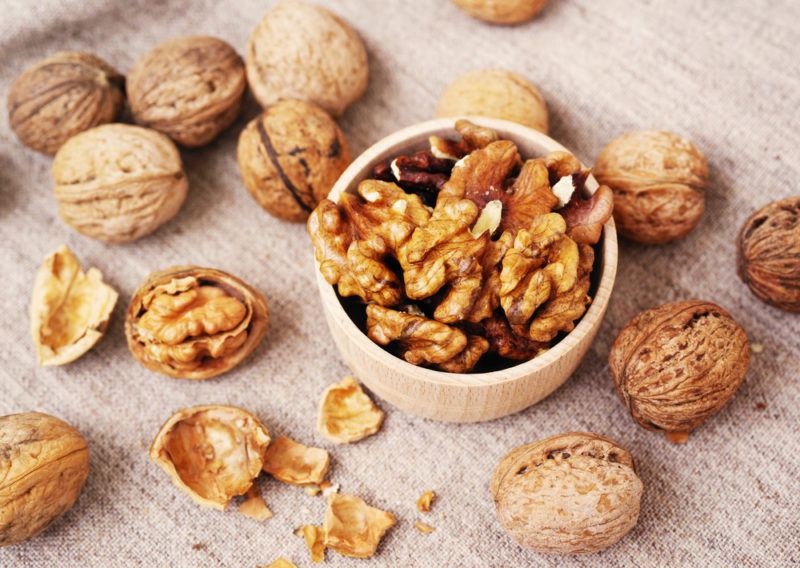
How can you go wrong with nuts? They’re high in healthy fats and protein, which makes them satisfying as a snack. Walnuts aren’t as popular as almonds, but they have their own advantages, including their ALA content.
Walnuts are also high in polyphenols. To get the most out of them, it’s best to keep the skin on walnuts rather than removing this before eating them.
With the polyphenols, ALA content, and all the other nutrients – it’s no wonder that walnuts are thought to promote brain health and cognition.
Soybeans
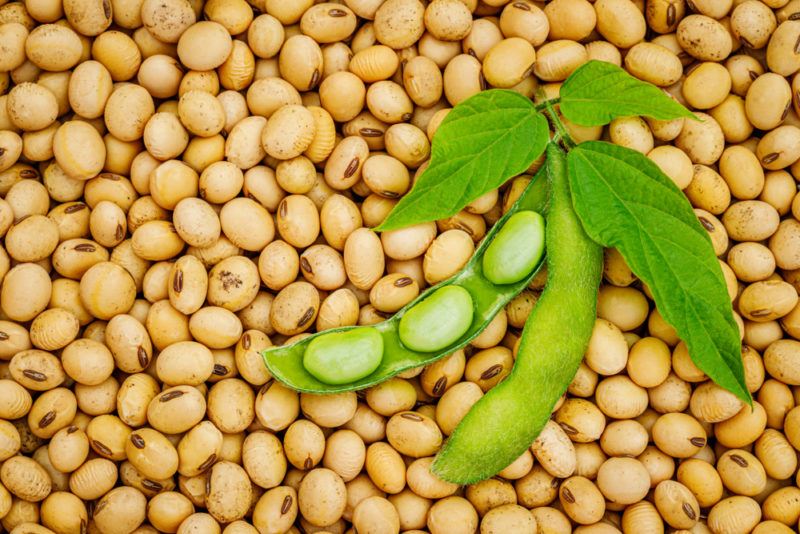
Soybeans are decent for ALA too, with a half cup of dry roasted soybeans giving you around 670 mg of ALA. Soybeans are popular for their fiber and protein content. They’re good as vegan sources of protein and roasted soybeans are an appealing snack food too.
The ALA content of soybeans also means that other soy products will offer some ALA too. This includes foods like tempeh and tofu.
But, soybeans are controversial. There are concerns about antinutrients in the beans, along with the possibility of genetic modification.
The beans also happen to be high in omega 6 fatty acids. As we mentioned earlier, having too much omega 6 isn’t a good thing for your health. Modern diets tend to be high in omega 6 and relatively low in omega 3, so it’s best to try and keep your omega 6 intake as low as you can.
These issues don’t mean that you need to cut soy out of your diet, just pay attention to the amount that you’re eating. If you find that you rely on many different soy products each day, then it’s time to make some changes.
Tofu
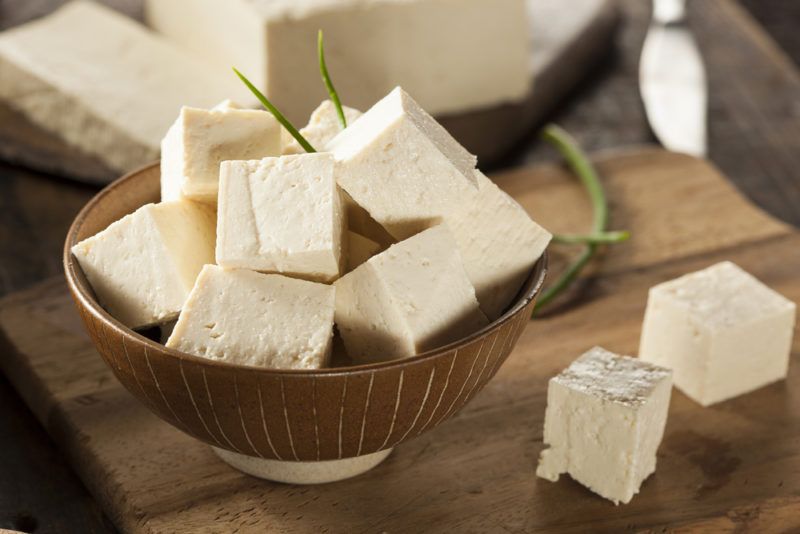
The omega 3 content of soybeans means that tofu ends up being pretty good for omega 3 too. You get close to your daily intake of omega 3 in a cup of firm tofu, which is actually more than you get in a similar serving of boiled soybeans.
The omega 3 to omega 6 content stands out here, as you’re getting roughly 7 mg of omega 6 for every gram of omega 3. In contrast, oysters contain only around 1 mg of omega 6 for 25 mg of omega 3.
This suggests that if you are going to rely on tofu, you’ll need to boost your omega 3 intake even higher elsewhere.
Navy Beans

Beans aren’t an obvious choice for omega 3 fatty acids at all. And honestly, they’re not the best choice. Navy beans are better than most, offering around 20% of your daily intake in a cup serving. The omega 3 to omega 6 ratio is 1:1, which isn’t as good as it could be, but at least you’re not getting more omega 6 than omega 3.
If you’re going to use beans, be sure to soak them before cooking them. You should be soaking them overnight at least, and possibly for longer (like 12 hours). Soaking makes the beans more digestible, so you’ll get more benefits from them.
You can turn to other types of beans too, like kidney beans and pinto beans. These offer less ALA, but you’re still getting some and your intake will add up.
Brussels Sprouts
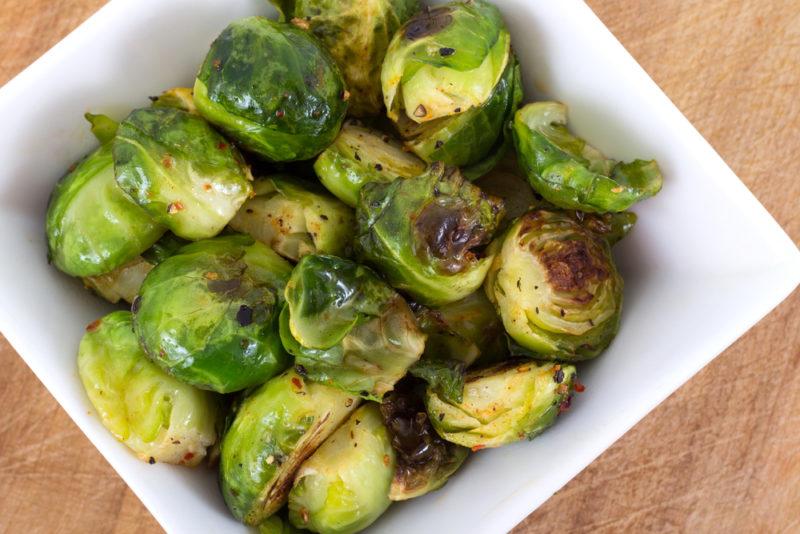
Brussels sprouts are one of those foods that people seem to love or hate. In the little vegetable’s defense, many of the problems with Brussels sprouts are linked to the combination of texture and strong flavors – issues that can both be minimized with careful cooking.
In fact, some people who grew up hating Brussels sprouts have found that they can enjoy well-cooked Brussels sprouts. And, if nothing else, the ALA content of Brussels sprouts could be a reason to give the vegetable another try.
Roe
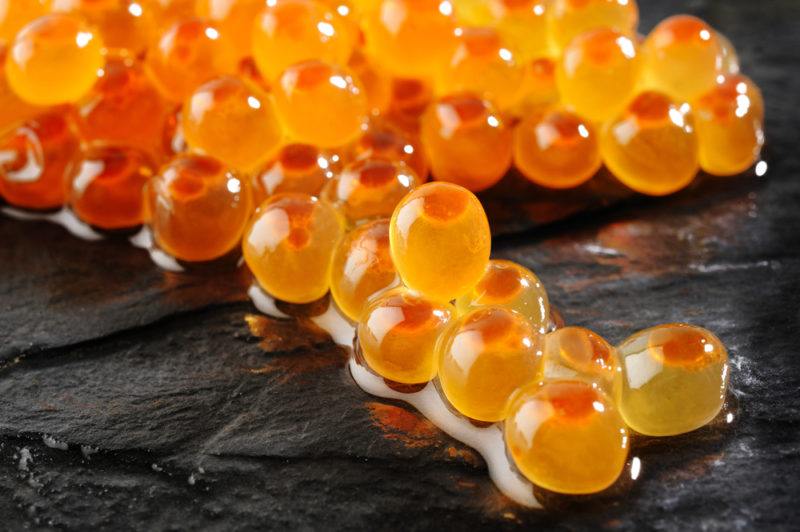
With all this fish talk, it shouldn’t be surprising that fish eggs contain omega 3 fatty acids too. The amount varies depending on the species of fish, so you’ll need to pick and choose the type that you rely on.
Caviar, the most famous type of roe, might be decadent and expensive, but it is also a good source of omega 3, along with other nutrients. Salmon roe is another option for omega 3 and will often be cheaper than caviar.
Other appealing sources of roe include lumpsucker and hake. While these may be harder to find, the roe from these species is high in fatty acids, including omega 3.
Omega 3 Eggs
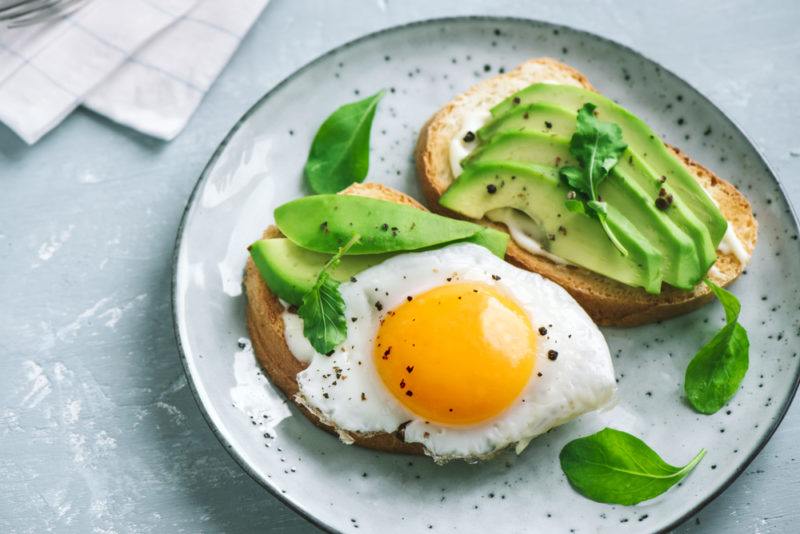
Eggs aren’t normally high in omega 3 fatty acids, but they can be if the chicken feed contained large amounts of omega 3. Some egg producers take this approach, providing their chickens with omega 3 enriched food.
High omega 3 eggs shouldn’t be difficult to spot, as companies tend to focus on the omega 3 content in their marketing. Look for eggs that also come from free range chickens, as these are likely to have the best nutrient profile.
Seaweed
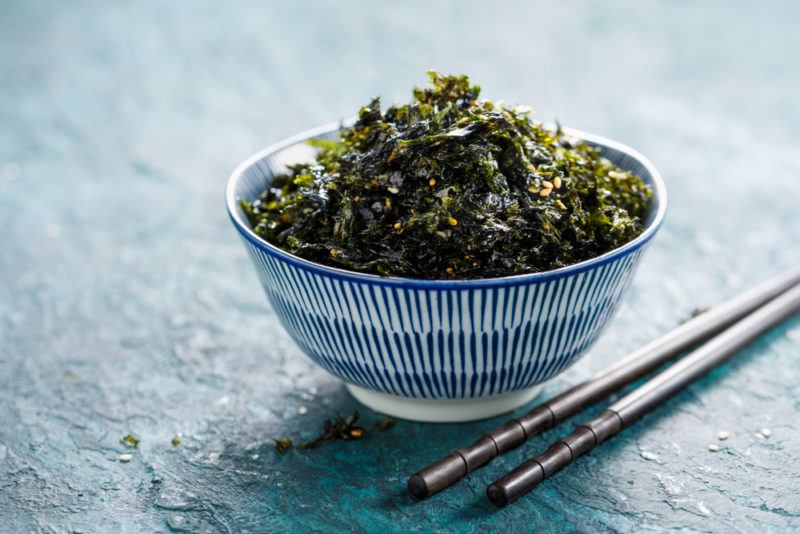
You won’t ever get all of your omega 3 from seaweed, but this is one of the few plant-based sources of DHA and EPA (to the extent that vegetarian omega 3 supplements often rely on seaweed). You can eat seaweed raw or cooked and seaweed products are becoming much easier to find these days. There are also plenty of types to choose from.
If you want an easy choice, look for dried seaweed that can be eaten much like chips. Some products flavor the seaweed too, giving you a delicious low calorie treat that also offers omega 3.
Algae
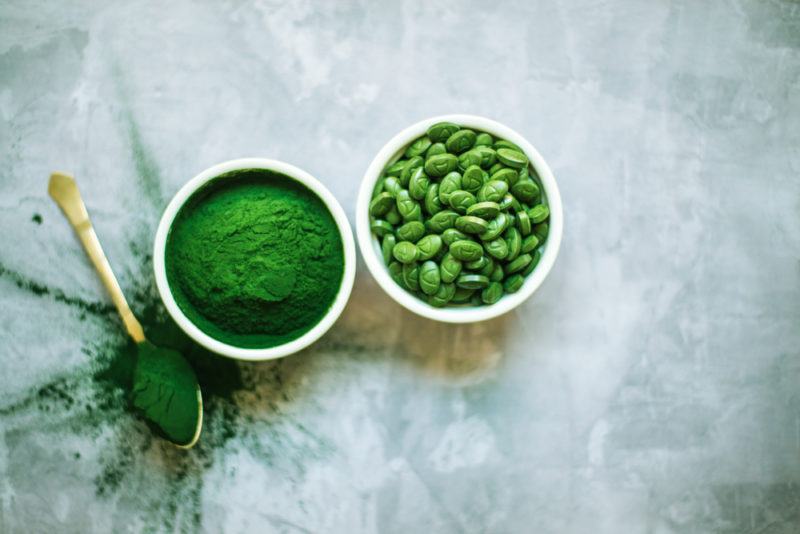
There are countless species of algae in nature, many of which are edible and nutritious. Of these, chlorella and spirulina are the most used.
You can find a wide variety of chlorella and spirulina supplements. Some are in the form of a pill or a capsule, while others are a powder that you can use as you see fit. Adding a gram or so of algae powder to your smoothie can be an easy way to get all the nutrients present, including the omega 3 fatty acids.
While the two types are similar nutritionally, chlorella does tend to be higher in calories and in omega 3s than spirulina.
Spirulina and chlorella are generally considered to be vegetarian and vegan, making them an ideal choice for many people. However, there is some debate about the idea, as algae technically isn’t a plant or an animal. You’ll need to decide for yourself where you draw your boundaries here.
Grass Fed Beef
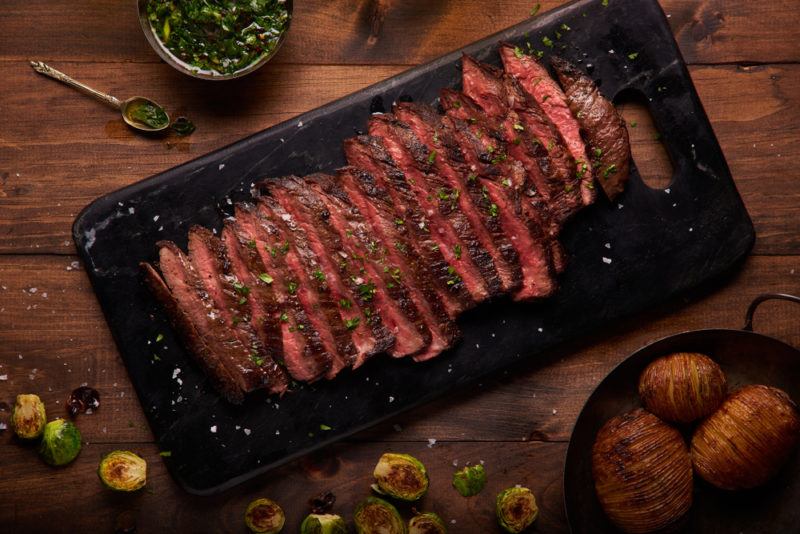
Did you know that omega 3s can be found in beef too? This is a good reminder that even with the controversy that often surrounds red meat, the food is still an important source of many nutrients.
Grass fed beef is the clear winner here, providing roughly twice the amount of omega 3 than is present in conventional beef.
One limitation is that beef largely contains ALA, rather than the types of omega 3 that you find in fish. Plus, the omega 3 levels aren’t extremely high. You’re around 80 mg or so per serving. This is enough to make grass fed beef worth eating, but the omega 3 content is a far cry from the amounts in salmon and mackerel.
Three Strategies To Immediately Boost Your Omega-3 Intake
Strategy #1: Eat Fish For Breakfast
In some areas of the world, it’s common to have smoked mackerel for the morning meal. You could switch it up by trying halibut or salmon, along with a side of fresh spinach and avocado slices.
Strategy #2: Blend Up A Smoothie
Spinach, chia seeds, flax seeds, and algae such as spirulina are great in smoothies. You could add fresh fruit for added vitamins and minerals, as well as flavor. You could also sip your smoothie while munching on a handful of walnuts.
Strategy #3: Eat More Beans
Besides providing some omega 3 fatty acids, beans contain fiber, protein, and minerals that support your overall health. Try eating refried beans with avocado slices, or simmer up a traditional Italian soup that contains both fish and white beans.
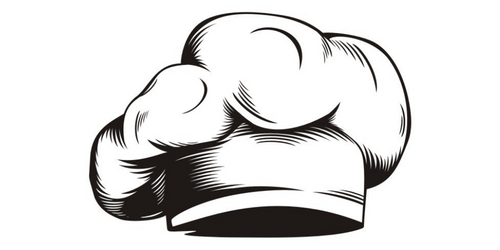
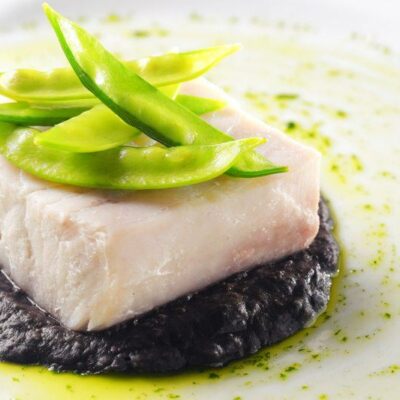
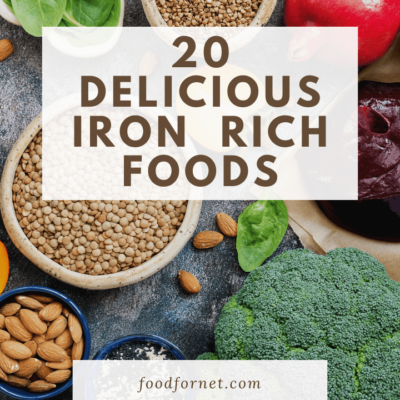
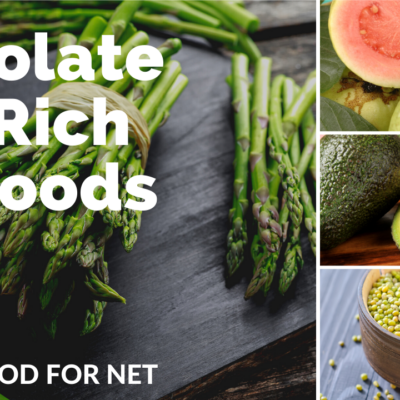
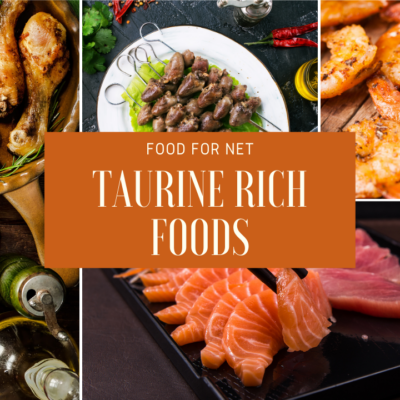
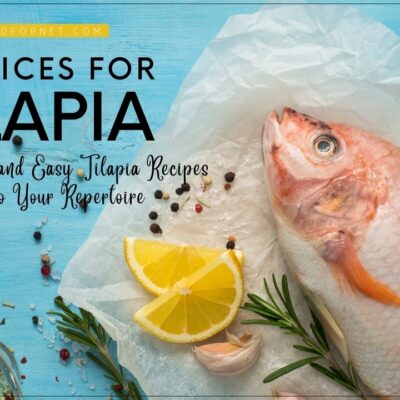

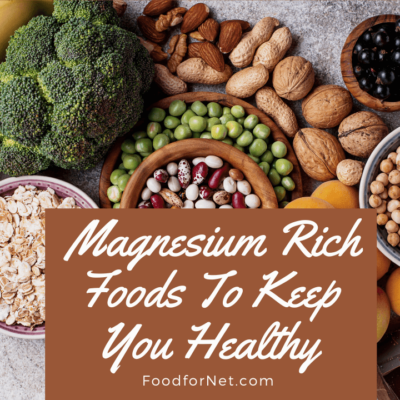
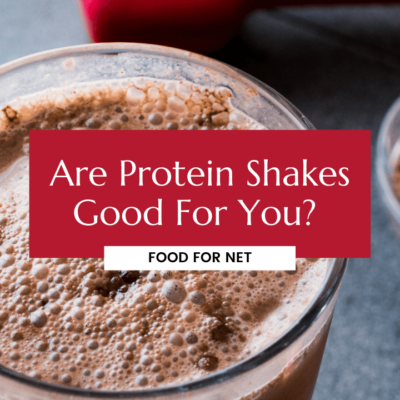
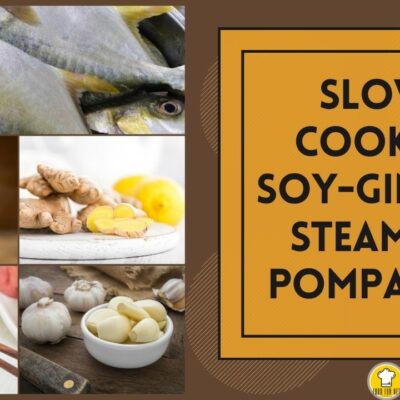
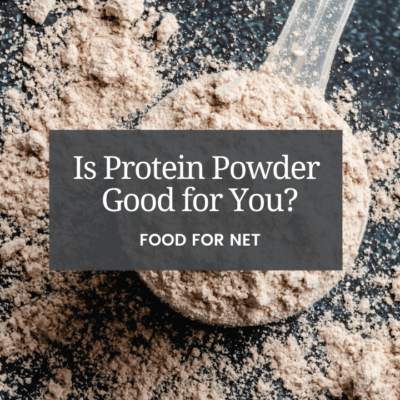
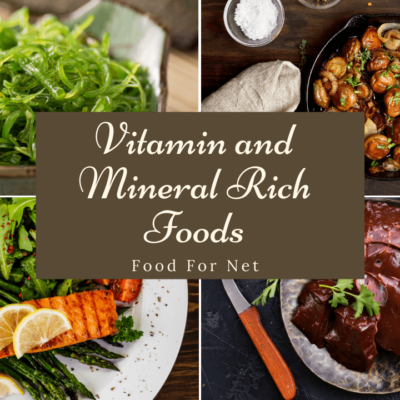
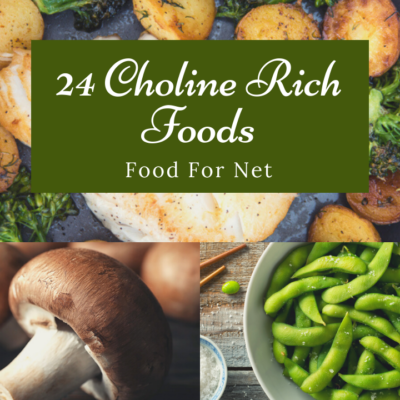



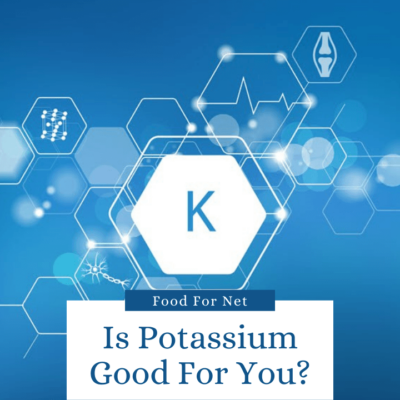
 22 Tryptophan Rich Foods To Help Your Rest And Mood
22 Tryptophan Rich Foods To Help Your Rest And Mood
You left out purslane.